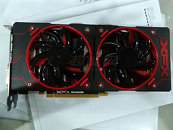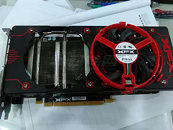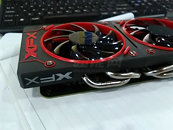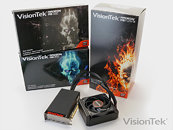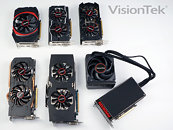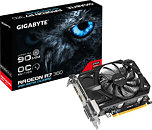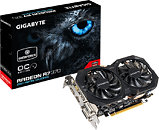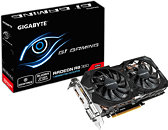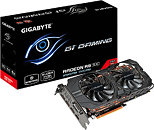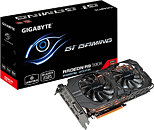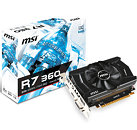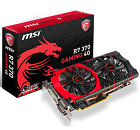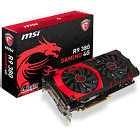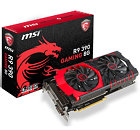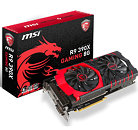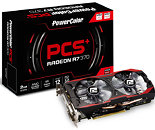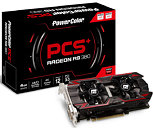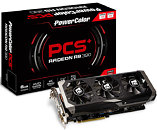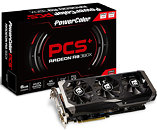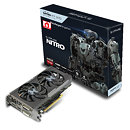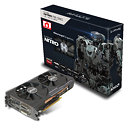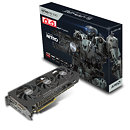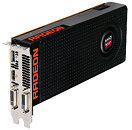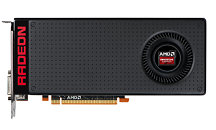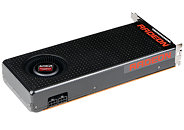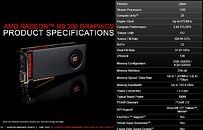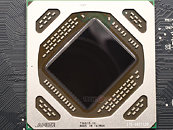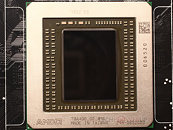
AMD Releases Radeon Software Crimson Edition 16.3
AMD released the latest version of Radeon Software Crimson Edition, its software suite which provides drivers and system software for Radeon GPUs and IGPs. Version 16.3 improves performance for "Rise of the Tomb Raider" on Radeon R9 Fury X series GPUs by up to 16 percent (compared to version 16.2), and for "Gears of War Ultimate Edition," by as high as 60 percent on the R9 Fury X series (compared to version 16.2.1), and by up to 44 percent on Radeon R9 380 series (compared to version 16.2.1).
Radeon Software Crimson Edition 16.3 also adds official support for the Vulkan API; 2-display Eyefinity, an accessible CrossFire status indicator, a new power-efficiency toggle for Radeon R9 300 series and R9 Fury series GPUs. With version 16.3, AMD is introducing the XConnect Technology, a new standard for external graphics enclosures over not just high-bandwidth interfaces such as Thunderbolt 3, but also the more accessible USB 3.1 interface. AMD is providing the software ecosystem that lets you plug-and-play external GPUs for instant boosts in performance and functionality. AMD is also adding/updating CrossFire profiles for "Hitman (2016)", and "The Park."
DOWNLOAD: AMD Radeon Software Crimson Edition 16.3 for Windows 10/8.1/7 64-bit | Windows 10/8.1/7 32-bit
Radeon Software Crimson Edition 16.3 also adds official support for the Vulkan API; 2-display Eyefinity, an accessible CrossFire status indicator, a new power-efficiency toggle for Radeon R9 300 series and R9 Fury series GPUs. With version 16.3, AMD is introducing the XConnect Technology, a new standard for external graphics enclosures over not just high-bandwidth interfaces such as Thunderbolt 3, but also the more accessible USB 3.1 interface. AMD is providing the software ecosystem that lets you plug-and-play external GPUs for instant boosts in performance and functionality. AMD is also adding/updating CrossFire profiles for "Hitman (2016)", and "The Park."
DOWNLOAD: AMD Radeon Software Crimson Edition 16.3 for Windows 10/8.1/7 64-bit | Windows 10/8.1/7 32-bit


